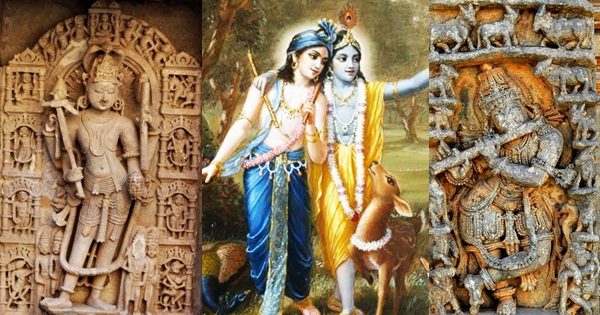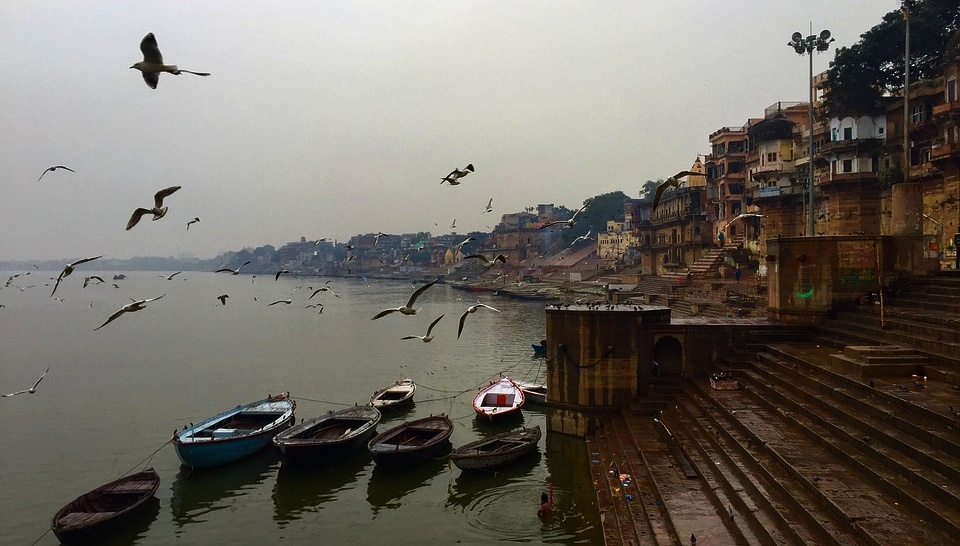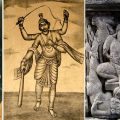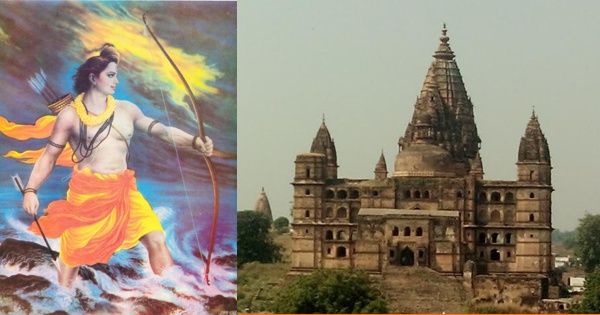Dates of Balarama’s Pilgrimage and Shri Krishna’s Diplomatic Mission

Since the astronomical events recorded in Mahabharata are mostly cyclical and do not provide any sheet anchor date, we need to focus on external evidence to shortlist a 100-year period for dating of Mahabharata war. Entire epigraphic, literary and traditional evidence unanimously indicates that MB war took place before 3102 BCE. Therefore, we can fix a band of 3177-3102 BCE in which MB date has to be logically fixed. Any date before 3177 BCE or after 3102 BCE would completely violate the entire external evidence.
Only Rajatarangini indicates that MB war took place around 2449 BCE but this was just a speculation due to mixing up of two Saka epochs (583 BCE & 78 CE). Moreover, Rajatarangini contradicts itself because it mentions that Saptarshis were in Magha (3177-3077 BCE) when Yudhishthira was a reigning King. Entire Kashmiri tradition follows the epoch of Saptarshi calendar that commenced in 3077-76 BCE. I have fixed the date of MB war in 3162 BCE based on external and internal evidence.
Now, there is a peculiar problem of reconciling the dates of Balarama’s Pilgrimage and Sri Krishna’s diplomatic mission. According to MB 5.81.6-7, Sri Krishna leaves for Hastinapura on the day of Revati Nakshatra (7 Oct 3162 BCE) in the month of Karttika. Krishna meets Karna on the day of Uttara Phalguni (19 Oct 3162 BCE) and tells him that the war will begin on the 7th day from now when Amavasya will occur in the Jyeshtha nakshatra (25 Oct 3162 BCE).
सप्तमाच्चापि दिवसादमावास्या भविष्यति |
सङ्ग्रामं योजयेत्तत्र तां ह्याहुः शक्रदेवताम् || (Udyoga 140:18)
Thus, Mahabhara war began on the day of Jyeshtha nakshatra. If so, Moon was in Pushya nakshatra on the last day i.e. the 18thday. Now the question is why MB says that Balarama returned on the last day of war when moon was in Shravana nakshatra?
चत्वारिंशद अहान्य अद्य दवे च मे निःसृतस्य वै
पुष्येण संप्रयातॊ ऽसमि शरवणे पुनरागतः
शिष्ययॊर वै गदायुद्धं दरष्टुकामॊ ऽसमि माधव (9.33.5)
ततॊ मन्युपरीतात्मा जगाम यदुनन्दनः
तीर्थयात्रां हलधरः सरस्वत्यां महायशाः
मैत्रे नक्षत्रयॊगे सम सहितः सर्वयादवैः
आश्रयाम आस भॊजस तु दुर्यॊद्ननम अरिंदमः
युयुधानेन सहितॊ वासुदेवस तु पाण्डवान
रौहिणेये गते शूरे पुष्येण मधुसूदनः (9.34.12-14)
According to my opinion, in fact, Balarama left for pilgrimage on Shravana and returned on Pushya on the 42nd day. Seemingly, the ancient editors of Mahabharata mistakenly changed the order of tithis and stated that Balarama left on Pushya and returned on Shravana.
When Balarāma learnt the failure of the peace mission and realized that the Mahābhārata war (3162 BCE) cannot be avoided, he went on pilgrimage. He started his pilgrimage when moon was at Śravaṇa Nakśatra, i.e., 2 Oct 3162 BCE.
Mahābhārata indicates that Balarāma visited a big city on the banks of Sarasvati River. This city is not named in Mahābhārata but it had a big market place of international trade where Balarāma purchased horses, chariots, jewels, etc. Most probably, this big city was indeed the archaeological site of Chanhudaro in Sindh, Pakistan because Mahābhārata mentions that Sarasvati turned east at one location after the visit of Balarāma to the unnamed city. The satellite map of Post-Vedic Sarasvati river shows that Sarasvati turned east after the city of Chanhudaro. The archaeological study reveals that the city of Chanhudaro perished around 3000-2500 BCE because the Sarasvati had completely dried up by 2500 BCE.
In the meantime, Sri Krishna decided to go to Hastinapur for final peace mission. He left Upaplāvaya on 7 Oct 3162 BCE when moon was at Revatī Nakśatra and reached Hastinapur on 9 Oct 3162 BCE when moon was at Bharaṇī Nakśatra. But the final peace mission of Sri Krishna also failed. Mahābhārata war began on 25 Oct 3162 BCE, Kārttika Amāvāsyāand ended on 11 Nov 3162 BCE. Balarāma came to Kurukśetra on the last day of Mahābhārata war, i.e., 11 Nov 3162 BCE when moon was at Puṣya Nakśatra. Yudhiṣṭhira was coronated on the throne of Hastinapur on 8th Dec 3162 BCE, Pauṣa Pūrṇimā. Bhishma fell on the 10th day of Mahābhārata war, i.e., 3rdNov 3162 BCE and died on 29th Jan 3162 BCE, Māgha Śukla Aṣṭamī, Rohiṇī Nakśatra.
Featured image courtesy: Wikimedia and Google.






